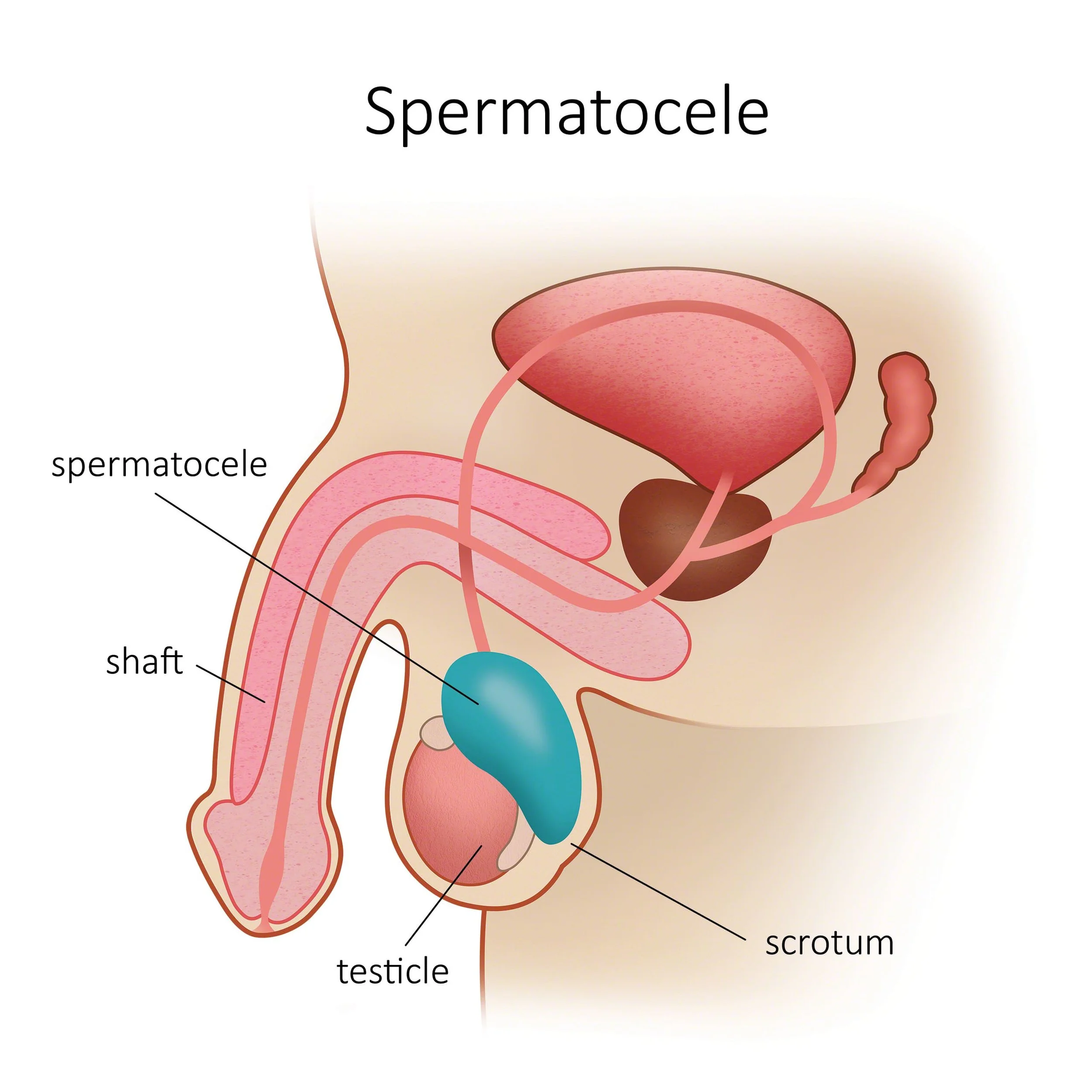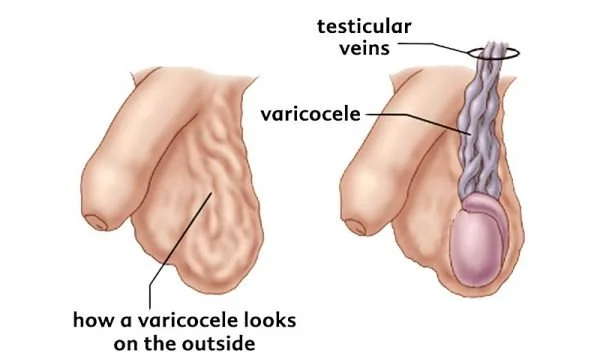Penile and Scrotal conditions
Phimosis
Phimosis
Phimosis is a condition where the foreskin of the penis is tight and difficult to retract over the head (glans).
It is a common condition in infants and young boys but can persist into adulthood, causing potential issues.
Balanitis Xerotica Obliterans (BXO) is a rare chronic, progressive skin disorder affecting the genitals.
BXO can lead to scarring of the foreskin and cause phimosis, making it difficult to retract.
Symptoms of phimosis include pain, swelling, and difficulty with hygiene.
Phimosis may be physiological in infants but can be pathological and require treatment in older individuals.
Treatments include topical steroids, or circumcision (surgical removal of the foreskin).
Regular medical check-ups are essential for proper diagnosis and management of these conditions.
Frenulum breve
short frenulum (frenulum breve)
The frenulum is an elastic fold of skin located on the underside of the penis, connecting the glans (head of the penis) with the inner surface of the foreskin, aiding foreskin retraction.
A short frenulum, or frenulum breve, is when the frenulum of the penis is so short that it restricts the movement that the foreskin can make.
It restricts foreskin movement, causing discomfort during sexual activity and complicating hygiene maintenance, elevating the risk of infections.
Symptoms include difficulty retracting the foreskin, pain, and tension in the penis, with increased discomfort during sexual intercourse, potentially leading to tearing and bleeding.
Diagnosis involves a physical examination by a doctor to distinguish it from conditions like phimosis, often mistaken due to the common symptom of unretractable foreskin.
Treatment is recommended if the short frenulum hinders sexual function or causes notable issues; options include steroid creams, stretching exercises, and surgical interventions.
A torn frenulum occurring during sexual activity might resolve the issue as it heals, but scar tissue formation can exacerbate the problem.
Surgical solutions, such as reparative plastic surgery (frenuloplasty), frenulum resection (frenectomy), or circumcision, are considered in severe cases to address the condition effectively.
Hydrocoele
Hydrocoele
A hydrocele of the testis is a condition characterized by the accumulation of fluid in the tunica vaginalis, a sac surrounding the testicle, leading to painless swelling in the scrotum.
This common condition often presents as a smooth and painless enlargement of the scrotum, with the swelling varying over time.
Hydroceles are more prevalent in newborns, and in many cases, they resolve spontaneously within the first year of life.
The development of a hydrocele can be attributed to factors such as injury, inflammation, infection, or congenital issues, resulting in the fluid-filled sac around the testicle.
While hydroceles are typically benign, they may persist in adulthood, requiring medical evaluation and treatment options, including drainage of fluid or surgical intervention.
In some instances, a small hydrocele causing no significant symptoms may not necessitate treatment.
Aspiration (drainage) with a needle is an option for removing the fluid, but it is not recommended as the fluid tends to re-accumulate quickly. Seeking medical advice for appropriate management is crucial in such cases.
Surgical intervention, such as hydrocelectomy, may be recommended for larger or symptomatic hydroceles. This procedure involves draining the fluid and surgically closing the opening to prevent re-accumulation, providing a more permanent solution to the condition.
It's important to consult a healthcare professional if scrotal swelling or discomfort is observed for proper diagnosis and management.





